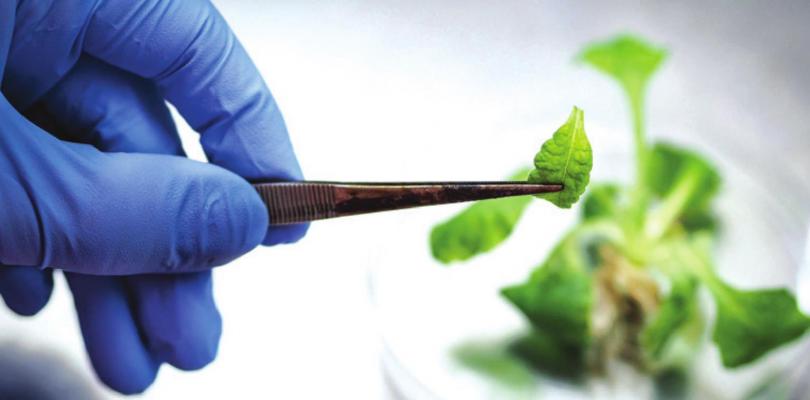Grad students become agents of change with research presentations
STILLWATER, Okla. – Publicly presenting their research helps Oklahoma State University students find their professional footing and overcome theirs fears.
“Performing the research is certainly an important step in the scientific process,” said Scott Senseman, associate vice president of OSU Ag Research. “However, if students can articulate why it is important and why we all should care about it, they will become agents of change through their scientific communications. Opportunities like these are vital for the advancement of their science.”
The OSU Department of Biochemistry and Molecular Biology Graduate Student Association’s digital research symposium held in early November included presentations from 10 student researchers from a variety of OSU Ag Research fields. Student research projects included topics as diverse as the freezing conditions of pecans, COVID-19 in cats and how a protein in the body changes when exposed to microgravity.
“Participating in the public communication of research is critical for all young scientists since this is a skill that is essential for almost all future job interviews,” said John Gustafson, department head for biochemistry and molecular biology and a research symposium judge. “Breaking through that fight-or-flight response that is wired into humans before giving a presentation can be accomplished through practice.”
Presenting their research allows students to build a knowledge set that prepares them to answer new questions about their research discipline to move the discipline forward, Gustafson said.
“Not only do our science students have to present their research results in a forum where the very science they are presenting to an audience is critically analyzed and questioned by peers and senior scientists, but they also need to prepare lectures designed to engage the public,” he said.
David Payne, a doctoral student in biochemistry and molecular biology researching how miRNAs affect the starch synthesis pathway of rice under heat stress, said he has publicly presented his research several times.
“When presenting my research to my peers, I am forced to think about how to best articulate my research and to refine my skills in being able to communicate the rationales and procedures to those less familiar with my field,” Payne said. “It also allows me the chance to receive feedback from faculty and peers, showing me areas to improve in and providing me different perspectives and ideas for the project that I may not have previously thought of.”
Melanie Whitmore, a doctoral student in animal and food sciences studying the synthesis of endogenous host defense peptides (HDPs) as a promising antibiotic-free approach to treating pathogens, said the research symposium was her first time to publicly present her research.
“Publicly presenting my research is vital for me to gain public speaking skills and self-confidence while providing the opportunity to strengthen my project as new ideas are presented by the audience,” Whitmore said.
Other OSU Agriculture departments also require graduate students to publicly present their research, and the Robert M. Kerr Food and Agricultural Products Center hosts its own student research symposium in the spring.
“There are multiple benefits for students doing research and presenting that research,” said Peter Muriana, Endowed Professor in animal and food sciences and a FAPC food microbiologist.
“It provides an opportunity for the student to demonstrate that they understand what they were doing, what the results were and the significance of their findings,” Muriana said. “It forces them to package the work they did in their research by way of their presentation. If the student is planning toward a career where they envision advancement in some capacity – management, research, etc. – they will always have to share with others by way of presentation.”

